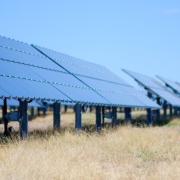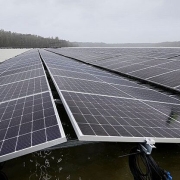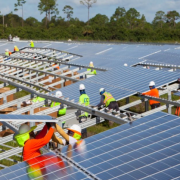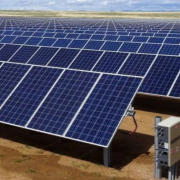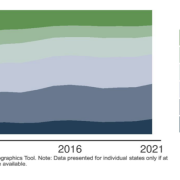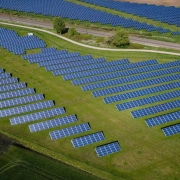Wind turbines and solar panels produced more than a fifth of the EU’s electricity last year, for the first time delivering more power than natural gas, a new report shows.
The analysis, from independent energy think tank Ember, indicates that wind and solar produced 22% of the EU’s electricity over the year, while gas generated 20%. The report further shows that the rise in renewable electricity generation helped to avoid €10 billion ($10.89 billion) in gas costs.
The use of coal, the most carbon-intense fossil fuel, rose by 1.5% over the year to generate 16% of European electricity—but this rise was short-lived, with thermal coal generation dropping markedly in the latter part of the year.
Click here to read the full article
Source: Forbes
—
If you have any questions or thoughts about the topic, feel free to contact us here or leave a comment below.



